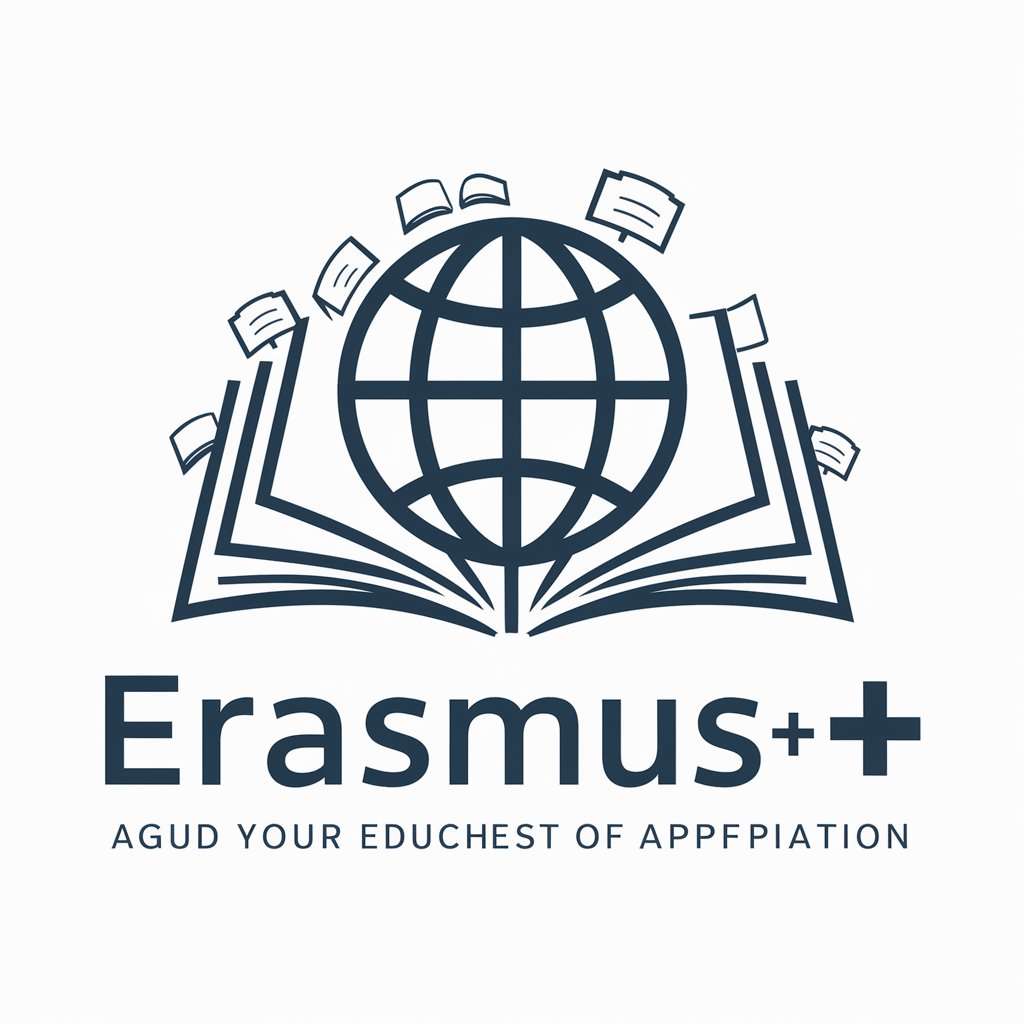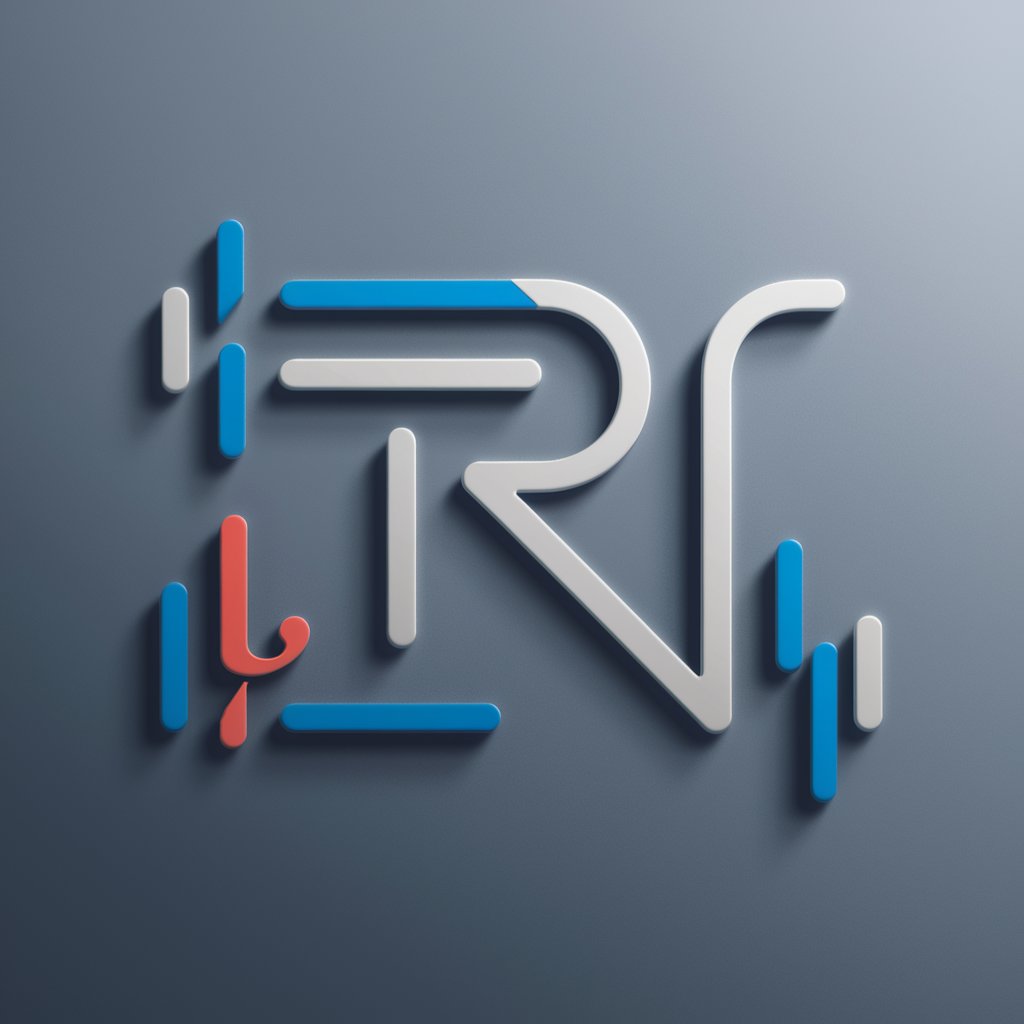Erasmus+ - Erasmus+ Exploration Tool

Welcome to Erasmus+, your guide to Erasmus+ program success!
Empower your learning with AI-driven Erasmus+ guidance.
Can you provide detailed steps for applying for Erasmus+ accreditation?
What are the eligibility criteria for Erasmus+ funding?
How does the Erasmus+ Learning Agreement work for student mobility?
What opportunities does Erasmus+ offer for vocational education and training?
Get Embed Code
Introduction to Erasmus+
Erasmus+ is the European Union's program designed to support education, training, youth, and sport across Europe and beyond. Its primary purpose is to foster cross-border cooperation and exchange between educators, students, and institutions to enhance skills and employability, as well as to modernize education and training systems. Through grants for a wide range of actions and activities, Erasmus+ facilitates the mobility of students, staff, and youth workers to study, teach, or gain experience abroad. For example, a student from Italy can receive a grant to study for a semester in Spain, or a teacher in Germany might participate in a training program in Finland, illustrating the program's commitment to enriching educational and professional development across borders. Powered by ChatGPT-4o。

Main Functions of Erasmus+
Student Mobility for Studies and Traineeships
Example
A French university student participating in a semester-long study program at a Spanish university.
Scenario
This function allows higher education students to spend a part of their studies at an institution in another country, gaining new academic perspectives and enhancing language skills.
Staff Mobility for Teaching and Training
Example
A university lecturer from Sweden teaching a short course in Italy, or an administrative staff member from Poland receiving training in Greece.
Scenario
Erasmus+ supports academic and administrative staff to teach or receive training abroad, facilitating the exchange of expertise and best practices between institutions.
Capacity Building in the field of higher education
Example
A project aiming to improve the quality of higher education in Eastern Europe by developing new curricula in collaboration with EU universities.
Scenario
This function supports cooperation projects between the EU and eligible countries outside the EU to enhance higher education quality and relevance.
Youth Mobility
Example
Youth workers from Portugal participating in a workshop on non-formal education methods in Norway.
Scenario
Erasmus+ provides opportunities for young people and youth workers to engage in learning and training activities abroad, promoting the acquisition of new skills and active citizenship.
Ideal Users of Erasmus+ Services
Higher Education Students
Students seeking international study experiences to enhance their academic knowledge, language skills, and cultural awareness.
Academic and Administrative Staff
Educators and university staff aiming to develop their professional skills through teaching or training opportunities abroad.
Youth Workers
Individuals working with young people, interested in developing their skills in non-formal education and exchange best practices with peers in different countries.
Higher Education Institutions
Universities and colleges looking to internationalize their curriculum, enhance their staff's professional development, and establish partnerships with institutions abroad.
Organizations in Youth Sector
Non-profit organizations, NGOs, and public bodies involved in youth work that seek to engage young people in international learning and active citizenship projects.

Using Erasmus+
Initiate with yeschat.ai
For an introductory experience, start with yeschat.ai to explore the platform without needing to sign up or subscribe to ChatGPT Plus.
Research Program Options
Investigate the various Erasmus+ opportunities available, focusing on those that align with your academic or professional objectives.
Check Eligibility
Ensure you meet the eligibility criteria for the specific program you are interested in, which may include academic qualifications, language proficiency, and more.
Prepare Application
Gather all necessary documentation, including academic transcripts, motivation letters, and language certificates. Pay close attention to application deadlines.
Apply and Follow Up
Submit your application through the official Erasmus+ portal or through your home institution's international office. Stay informed about your application status and be prepared for any interviews or additional requirements.
Try other advanced and practical GPTs
Non-Profit Collaboration Navigator
Empowering Partnerships with AI Insight

InterviewsPrep
Master Every Interview with AI Coaching

Cooking for Health: Restless Legs Syndrome
Eat Right, Rest Better
Ema: Parenting, Women's Health, Pregnancy Coach
Empowering Your Health Journey with AI

SaaS Startup Mentor
Empowering SaaS with AI Insight

Chat GOT
Empowering conversations with AI

Market Mentor
Empowering Financial Decisions with AI

Tattoo Master
Transforming ideas into tattoo art, powered by AI.

AAron
Empowering Oracle Development with AI

Frontend Guru
Elevate Your Code with AI-Powered Insights

Marketing Analytics Guru
Empowering Marketing Decisions with AI

Personal Branding Coach
Empower Your Brand with AI

Erasmus+ Q&A
What types of opportunities does Erasmus+ offer?
Erasmus+ provides a wide range of opportunities, including student and staff mobility for learning and teaching, joint master's programs, capacity building projects in higher education, vocational education and training, youth exchanges, and support for policy reform.
How long can an Erasmus+ mobility project last?
The duration varies by program type, ranging from a few days for certain training and youth exchanges to up to 12 months for higher education student mobility.
Are there any financial grants available with Erasmus+?
Yes, Erasmus+ offers financial support to participants. This can cover travel expenses, tuition fees (if applicable), and living costs during the mobility period, depending on the specific action and program.
Can non-European students participate in Erasmus+?
Absolutely, Erasmus+ is a global program that welcomes participation from non-European countries in many of its actions, especially in higher education mobility and cooperation projects.
How does Erasmus+ support professional development?
Erasmus+ supports professional development through training, teaching assignments, staff mobility, and strategic partnerships that foster innovation and the sharing of best practices across different sectors.
